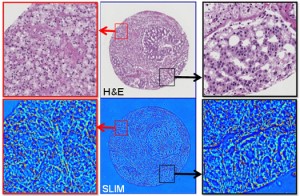(Disclaimer: Following article is
written in one go. It may lose flow, or may become difficult to
understand. This article is not copied from anywhere and it is
authors own genuine thinking. If you want to publish this article or
part of the article somewhere else kindly give proper credit and
information to the author.)
Our
body is made of cells. Cells are considered as the smallest unit of
the body that can survive outside human body if it's needs are
fulfilled. To give an example we can keep cells in the donated blood
alive for a month, and if we can transfuse these cells to other
human, the cells in donated blood will survive. Nowadays we can even
culture some of the human cells outside the human body.
The
soul (or atma) of a human is said to be the life force. It is
immortal and unbreakable. It changes body like body change clothes.
Without soul body will be dead. That means without soul all the cells
of the body will die.
If
we combine above two paragraphs, we can find few controversies. When
we remove red blood cells from a blood donor, do we remove part of
his soul? If not, how these cells can survive without soul? When to
transfuse these red cells to a recipient, do we transfuse cells with
part of donor's soul? How can we culture human cells ( in culture we
grow human cells, from one to many), if there is no soul or life
force in those cells?
Explanation:
Above
problem can be explained if we consider that every cell carries it's
own life force or it's own soul. Like when we combine all the cells
of the body, we make one human. When we combine all the life force of
all cells we make soul of human. So soul of human is made by
combining souls of all the cells. So when we remove cells from a
donor we are removing life force of that cells to, so these cells can
survive outside human body.
If
one human soul or life force can be made of multiple life forces, we
may further theorise that if we combine life forces of all the living
organism, we make an ultimate life force, that can be called GOD.
By
this theory The God is not a single being, but is made of all the
life force this world has. So when majority of do something, to bring
change in the world, if becomes The God's decision.
Purnamadah
Purnamidam Purnat Purnmudachyate
Purnasya
Purnmaday Purnmevmashisyati.
When
we remove few red cells from a donor, we are not breaking soul or
life force. The life forces of all the living organisms are connected
with each other in the form of the God. And despite these every
single cell, whether it is a cell from human, or it is a bacteria, is
complete in it's self. Everyone is complete like the God.


